Creating beautiful egg flowers, or egg ribbons as they are sometimes called, is an art form that adds elegance and sophistication to dishes like soups, stir-fries, and even desserts. While the technique may seem intricate at first, with the right knowledge and practice, you can master it and elevate your culinary skills. This comprehensive guide will walk you through the step-by-step process of how to make stunning egg flowers, along with tips, tricks, and troubleshooting advice to ensure your creations are nothing short of perfect.
Understanding the Basics
Before diving into the specifics of making egg flowers, it’s crucial to understand the fundamental principles behind this technique. Egg flowers are created by gently pouring beaten eggs into simmering liquid (usually broth, soup, or water) while stirring continuously in a circular motion. The goal is to achieve thin, delicate strands of cooked egg that resemble the petals of a flower.
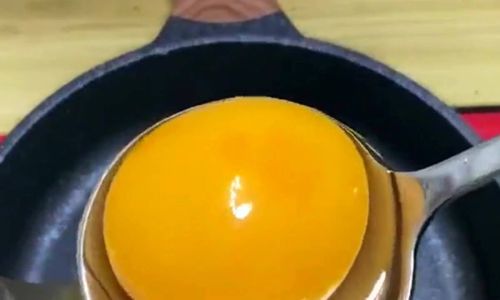
Key Ingredients:
- Fresh eggs: The quality of your eggs makes a significant difference. Use free-range or organic eggs for the best flavor and texture.
- Water, broth, or soup: The liquid in which you cook the eggs should be at a gentle simmer. Avoid boiling as it can cause the eggs to curdle.
- Seasonings (optional): Salt, pepper, and other spices can be added to the liquid to enhance flavor.
Tools Needed:
- A whisk or fork for beating the eggs.
- A ladle or spoon for pouring the eggs.
- A stirring utensil, preferably chopsticks or a thin whisk, for creating the circular stirring motion.
- A pot or pan with a lid to maintain the temperature of the liquid.
Preparing the Eggs
-
Selection and Storage:
- Always use fresh eggs. Older eggs have thicker whites and are more prone to curdling.
- Store eggs in their original carton in the refrigerator, keeping them at a consistent temperature.
-
Beating the Eggs:
- Crack the eggs into a bowl, preferably one with a pour spout for easier handling.
- Use a whisk or fork to beat the eggs until the yolks and whites are fully combined. Do not over-beat, as this can incorporate too much air, causing the egg strands to be fluffy rather than delicate.
- Optionally, you can strain the beaten eggs through a fine-mesh sieve to remove any lumps or bubbles, ensuring smoother, more uniform strands.
Preparing the Cooking Liquid
-
Choosing the Liquid:
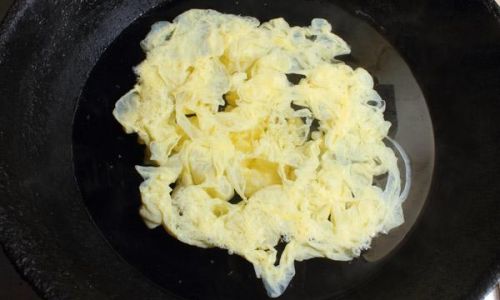
- For a classic egg flower soup, use chicken or vegetable broth. You can also use water, but broth will add more flavor.
- If making a stir-fry with egg flowers, you might pour the eggs over the vegetables and sauce in the wok.
-
Heating the Liquid:
- Pour the liquid into a pot and bring it to a gentle simmer over medium heat. Avoid letting it boil vigorously as this will disrupt the delicate egg strands.
- If using broth, skim off any foam that rises to the surface for a clearer, cleaner finish.
Creating the Egg Flowers
-
Temperature Control:
Ensure the liquid is at a gentle simmer. If it’s too hot, the eggs will curdle. If it’s too cold, the eggs will not cook evenly.
-
Pouring Technique:
- Hold the bowl of beaten eggs close to the surface of the simmering liquid to minimize the distance the eggs fall, which helps create finer strands.
- Use a ladle or spoon to gently pour the eggs into the liquid in a thin, steady stream.
-
Stirring Motion:
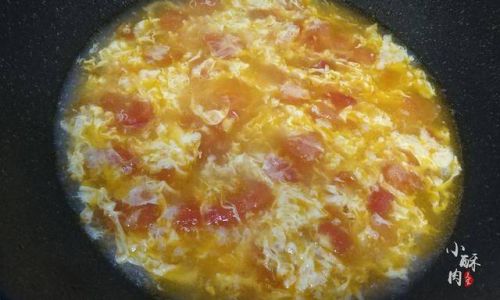
- Simultaneously, stir the liquid in a circular motion using chopsticks or a thin whisk. The stirring should be gentle but continuous, creating a vortex that draws the eggs into long, thin strands.
- The key is to stir in the same direction the eggs are being poured. This helps to distribute the eggs evenly and prevents clumping.
-
Cooking Time:
- Allow the eggs to cook for just a few seconds until they are set but still slightly translucent. Overcooking will make them tough and rubbery.
- Remove the pot from heat immediately after the eggs are cooked to prevent overcooking.
Seasoning and Finishing
-
Adding Seasonings:
- Once the egg flowers are cooked, gently stir in any additional seasonings like salt, pepper, soy sauce, or sesame oil.
- Be cautious with salt, as it can cause the eggs to firm up more quickly.
-
Garnishing:
- Enhance the presentation by garnishing with chopped green onions, cilantro, or a drizzle of chili oil.
- For a touch of elegance, you can also sprinkle with a pinch of white or black sesame seeds.
Troubleshooting Common Issues
-
Curdling:
- If the eggs curdle, it’s usually due to the liquid being too hot or the eggs being over-stirred. Lower the heat and stir more gently next time.
- Adding a splash of cold water to the simmering liquid can also help to cool it down slightly and prevent curdling.
-
Lumpy Strands:
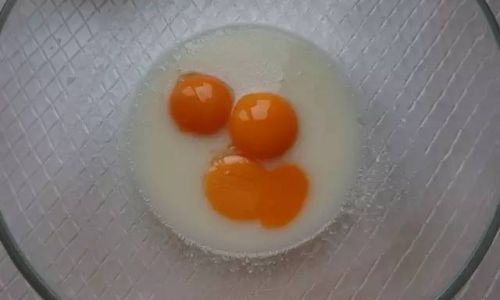
- Lumpy strands can occur if the eggs are not beaten well or if they are poured too quickly. Ensure the eggs are fully combined and pour them in a thin, steady stream.
- Straining the beaten eggs can also help to remove any lumps.
-
Uneven Cooking:
Uneven cooking can be caused by inconsistent stirring or an uneven heat source. Stir continuously in a circular motion and ensure the heat is distributed evenly across the bottom of the pot.
Advanced Techniques and Variations
-
Layered Egg Flowers:
For a more intricate dish, create layered egg flowers by pouring half of the beaten eggs into the simmering liquid, stirring gently to form the first layer, and then adding the remaining eggs in the same way to form a second layer.
-
Combining with Other Ingredients:
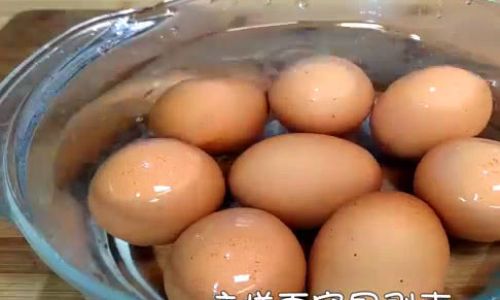
Experiment with adding other ingredients like shredded vegetables, tofu, or seafood to the simmering liquid before adding the eggs for a more complex flavor profile.
-
Using Different Cooking Methods:
While simmering in liquid is the most common method, you can also try making egg flowers on a hot griddle or in a steaming basket for a different texture and presentation.
Conclusion
Mastering the art of creating beautiful egg flowers is a rewarding culinary endeavor that can elevate your dishes to new heights. With patience, practice, and attention to detail, you can achieve delicate, elegant egg strands that will impress even the most discerning diner. Remember, the key to success lies in controlling the temperature of the cooking liquid, gently pouring and stirring the eggs, and experimenting with different techniques and ingredients to find what works best for you. Happy cooking, and enjoy the beauty and flavor of your homemade egg flowers!
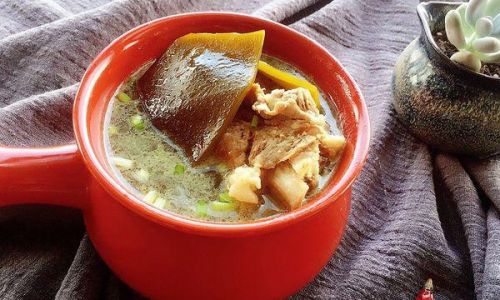
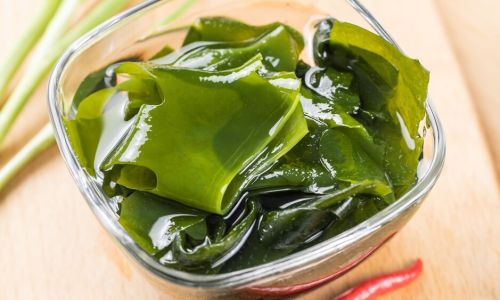
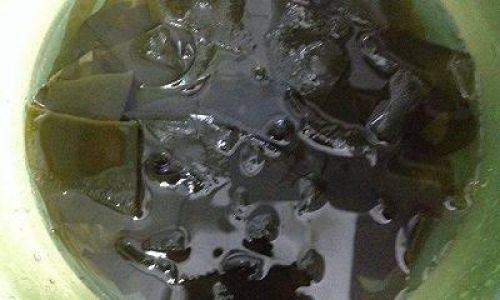
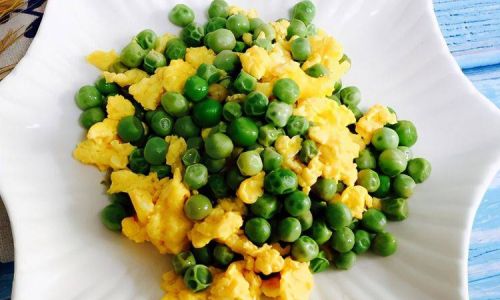
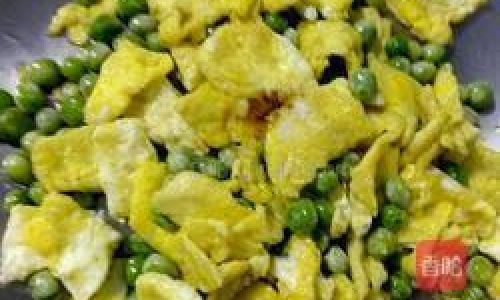
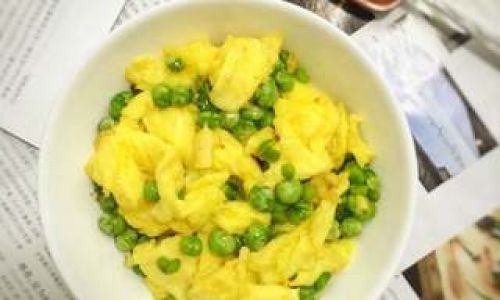
0 comments